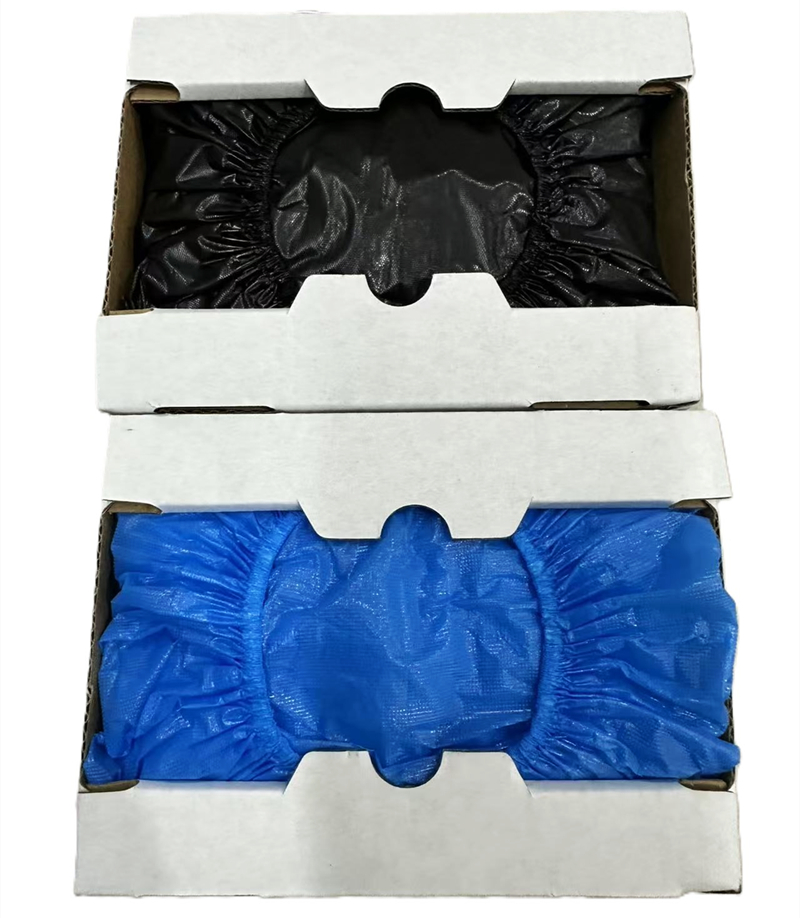について disposable sleeve cover has emerged as a critical component in various industries, providing barrier protection and ensuring safety standards. This article delves into understanding these disposable sleeves, their role in different industries, and why their demand continues to soar.

Understanding Disposable Sleeve Covers
Disposable sleeve covers are designed with the primary objective of safeguarding the user’s arms from exposure to contaminants, grime, and potential hazards in the work environment. They are a type of personal protective equipment (PPE), often used in industries where workers are at risk of contamination or exposure to harmful substances.

These protective sleeves are generally made from lightweight materials, such as polyethylene or similar fabrics. The fabric is designed to resist abrasion and protect the user’s skin from contact with harmful substances. The material also offers a certain degree of comfort, making it possible for workers to wear the covers for extended periods without discomfort.

Many disposable sleeve covers are designed with elastic bands at both ends. This provides a snug fit, securing the cover on the arm, preventing it from rolling down, and ensuring that the entire arm, from the wrist up to the end of the sleeve, is adequately covered. This level of protection is crucial, especially in environments where the risk of splashes or contact with harmful substances is high.

The disposable sleeve covers come in a variety of colors, including blue, white, and clear. This allows for easy identification in the workplace, particularly in environments where color-coding is used to identify roles, departments, or levels of protection required. This variety also makes it easy to identify any contaminating substances that might have come into contact with the sleeve.

These protective arm sleeves are usually sold by the case, making it convenient for workplaces to order in bulk and always have an adequate supply on hand. This ensures that workers always have access to fresh sleeve covers, promoting workplace safety and hygiene.

Disposable sleeve covers, with their blend of protection and comfort, are thus an ideal choice for numerous industries looking to ensure safety and hygiene in their work environments.
The Role of Disposable Sleeve Covers in Various Industries
Healthcare and Clinical Applications
In healthcare settings, disposable arm sleeves offer complete protection from blood borne pathogens, fluids, and other potential contaminants. They are used by doctors, nurses, lab technicians, and other medical professionals for maintaining sterility and preventing cross-contamination.

Food Processing Applications
In the food processing industry, 使い捨てスリーブカバー ensure that no contaminants from the wearer’s arm get into the food. They are crucial in maintaining high hygiene standards and ensuring consumer safety.

Industrial and Manufacturing Applications
In industrial settings, disposable sleeves offer protection against dirt, grime, splashes, and harmful chemicals. They ensure the safety of workers while also protecting the products from potential contamination.

Key Features of Disposable Sleeve Covers
Barrier Protection and Complete Protection
A defining feature of 使い捨てアームスリーブ covers is their ability to provide barrier protection. They serve as a shield against various contaminants and offer complete protection to the arms.

Comfort and Snug Fit
Despite their protective function, 使い捨てスリーブカバー are designed to ensure a comfortable and snug fit. The elastic bands at the ends keep the sleeves securely in place, providing a secure fit.

Added Protection against Blood Borne Pathogens
In the medical field, 使い捨てスリーブカバー also protect against blood borne pathogens, an added layer of safety that has proven to be extremely valuable.
Evaluating Disposable Sleeve Covers
素材に関する考察
Disposable sleeve covers are typically made of lightweight materials like polyethylene or similar fabric, which is resistant to chemicals, particulates, and other contaminants. The material also influences the durability and comfort level of the sleeve cover.

サイズとフィット感
Sleeve covers come in various sizes to cater to a diverse workforce. Elastic bands are used at the ends to ensure they fit snugly and securely, providing complete arm protection.

The Rising Demand for Disposable Sleeve Covers
The rising awareness of workplace safety and hygiene standards across industries has led to an increase in the demand for 使い捨てスリーブカバー. Their versatility, combined with their protective and comfort features, makes them a go-to solution for arm protection.
結論
Disposable sleeve covers are undoubtedly a critical asset in various industries, contributing significantly to workplace safety. As their benefits continue to become more widely recognized, their demand is likely to continue rising in the future. Thus, whether you’re in healthcare, food processing, or industrial manufacturing, equipping your workforce with disposable sleeve covers is a wise decision that can contribute to safety, hygiene, and productivity.
Frequently Asked Questions (FAQs)
1. What are disposable sleeve covers? Disposable sleeve covers are protective gear worn over the arms to provide barrier protection against potential contaminants in various occupational settings.
2. Why are disposable sleeve covers important in healthcare? In healthcare, they offer protection against blood borne pathogens and other bio-fluids, maintaining sterility and preventing cross-contamination.
3. Can disposable sleeve covers be reused? Typically, disposable sleeve covers are designed for single-use to ensure hygiene and prevent cross-contamination.
4. How do disposable sleeve covers fit? Disposable sleeve covers are designed to fit most arm sizes comfortably. They usually have elastic bands at the ends for a secure and snug fit.
5. What materials are used in disposable sleeve covers? Disposable sleeve covers are often made from lightweight materials like polyethylene or similar fabric, offering protection against chemicals, particulates, and other potential hazards.










